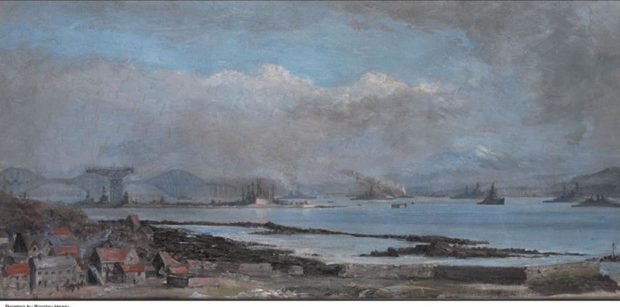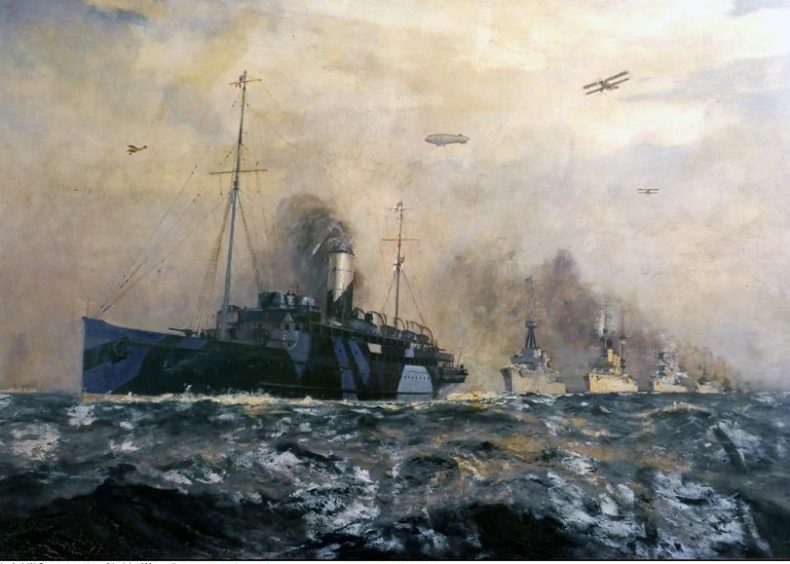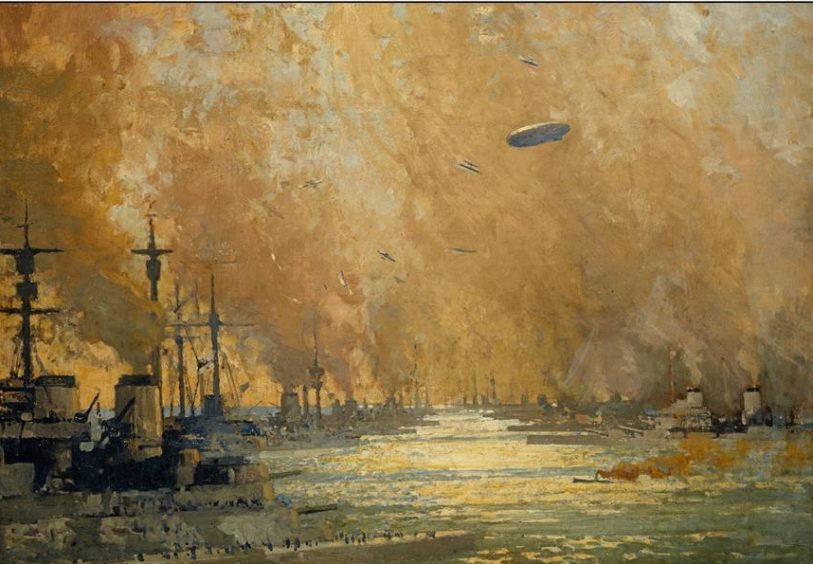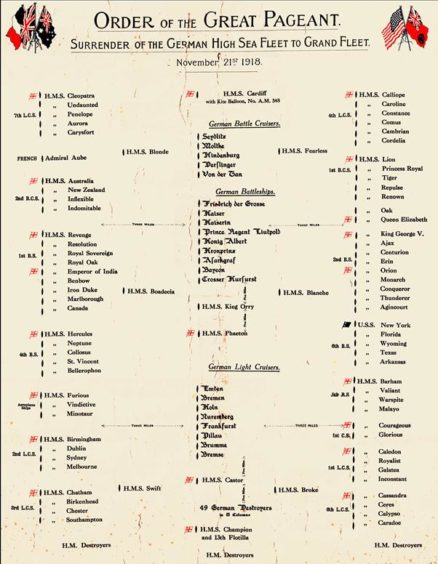The story of the greatest naval pageant ever staged seems to be little known.
British naval history’s greatest moment of the last century came, arguably, 10 days after the Armistice, with the surrender of the Imperial German Navy in the Forth.
It was the biggest assembly of naval ships the world had ever seen and the last act of the First World War.
North Queensferry Heritage Trust is hoping to raise awareness of the momentous day, known as Operation ZZ, with events and a longer term legacy.
Fifty of the most powerful ships from the German High Seas Fleet crossed the North Sea from their ports in an area known as the German Bight.
They were met at Point X, 40 miles off the Forth by ships from the Grand Fleet and escorted into the Forth.
This turned out to be the greatest naval pageant ever staged, with more than 300 ships from the Royal Navy, USA, France and the Commonwealth.
Research carried out by North Queensferry Heritage Trust has been made into a comprehensive exhibition covering pre and post First World War exploits of naval forces in the Forth including key operations in North Queensferry.
The exhibition is now showing at the Forth Bridge Heritage Centre at North Queensferry station until the end March 2019.
To illustrate how important communication was in ending the Great War a special event amateur radio station will be transmitting from the fisherman’s hut beside the light tower at the head of the town pier using the call sign GB1FB – Golf Bravo 1 Foxtrot Bravo – until December 1.
As part of this experience visitors are introduced to the world of codes, puzzles and ciphers that helped end the war by decoding crucial enemy signals.
Both the hut, which normally acts as an information point for the Forth Bridge, and the light tower are managed and supported by NQHT.
They welcome more than 10,000 visitors annually from more than 76 countries.
North Queensferry has many First World War heritage sites dominated by the Forth Bridge, the light tower, gun emplacements at Carlingnose Point, the kite balloon air station and the sub-marine mine station.
They can all be seen during a walking tour starting from the centre.
Full details on opening times for the exhibition, radio station and frequency of guided walking tours are available at www.nqht.org.
All these commemorative events would not have been possible without the support of the Heritage Lottery Fund and the volunteers.



